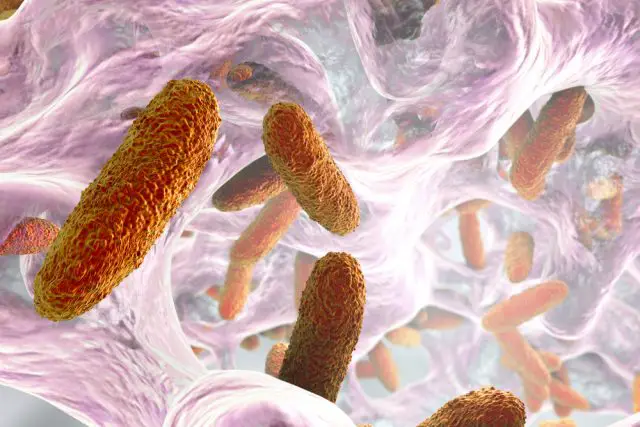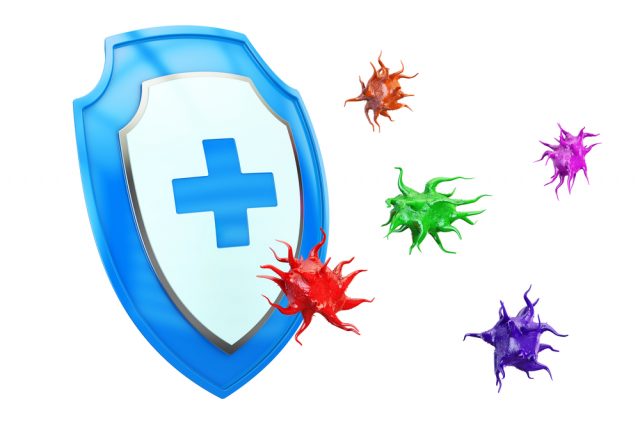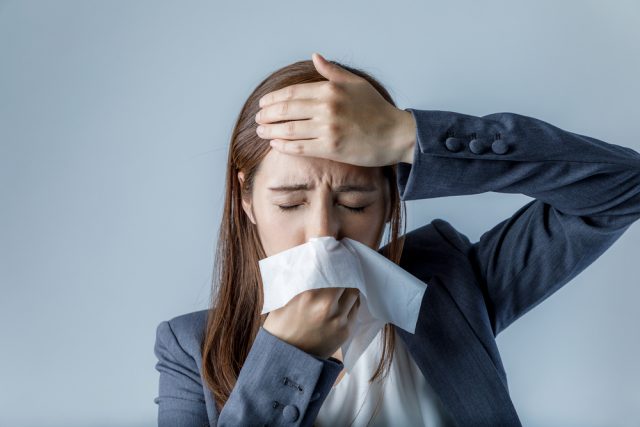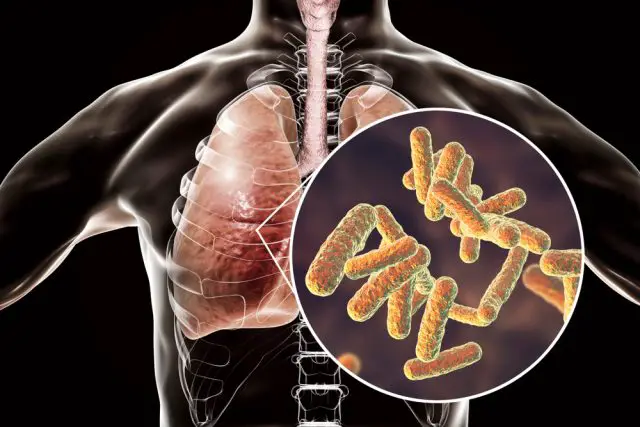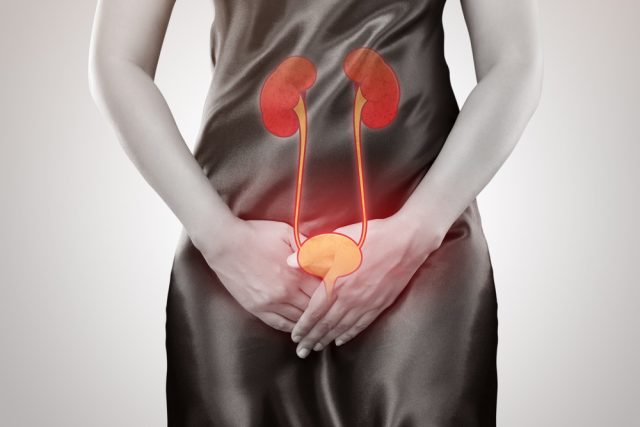Klebsiella Bacteria
Introduction
These common bacteria is often found in your intestines and is normally harmless and won’t give you any problems.However it can be very dangerous if it manages to get into the rest of your body. This is where they can end up being superbugs and become hard to fight with normal antibiotics.
The bacteria can infect your wounds and infect your blood and cause very serious problems even pneumonia.Klebsiella bacteria is a group of bacteria that is shaped like a rod. Belonging to the Enterobacteriaceae family. The Klebsiella organisms are put in categories of microbiologically as facultative anaerobic, gram negative and nonmotile bacteria. These occur in the soil and water and even on the plants. Some strain however are normal in the flora of the human stomach.
The only way to positively identify the Klebsiella bacteria causing an infection is to take a sample and test at the laboratory. The lab can also determine the strain and which treatment will be effective to treat the illness.
Who is at risk?
The infections are quite rare in healthy people as their immune systems can fight it off but if you have other health problems you are more likely to get an infection.
If you suffer any of the following you are more at risk
- Cancer
- Diabetes
- Renal failure
- Alcoholism
- Liver disease
- Lung disease
Taking antibiotics for long periods of time and taking other medications can increase your chances of the Klebsiella Bacteria
How do you contract it?
Thankfully these germs do not spread to people through the air. It is only possible to be in direct contact in order to get sick. Such as touching dirt and soil with cut hands.
It happens more in nursing homes where the elderly are frail and unable to fight it off or are in hospitals where people are sick, and their immune systems are down.
Symptoms of the Klebsiella bacterial Infection
- Chills
- Fever
- Cough with yellow mucous
- Shortness of breath
- Flu like symptoms
The Klebsiella bacteria infection can cause symptoms that will differ depending on the site of the infection.People tend to get the Klebsiella bacteria infection from having impaired immunity from a previous sickness or requiring medical interventions.
Medical items such as indwelling urine draining tubes, burns and all open wounds even mechanical ventilators are all welcoming to the Klebsiella bacteria.
Symptoms include urinary tract infections, soft tissue infections and pneumonia will often develop in the elderly and hospitalize patients that have a weaker immune system.
Pneumonia
People who are at risk of contracting the Klebsiella pneumonia are those who are engaged in alcoholism, suffering lung disease or diabetics.The elderly and those that are breathing with ventilators are at a higher risk of getting pneumonia from contracting the Klebsiella bacteria. It can happen suddenly with quick onset fevers, shallow breathing and a huge amount of secretions in the breathing tube. There can be chest pain experienced but this is more if it has spread to the lining of the tissues on the lungs surface.
Urinary Tract Infections
People who are using a urinary catheter which is a tube that drains the urine from the body into a bag can experience lower stomach pain, blood in the urine and high fevers along with chills and back pain.
Sometimes organisms can contaminate the catheters and there are no symptoms which is when the laboratory will need more of the bacteria to test it so the correct treatment can be started.
Abdominal Infections
Irregular amounts of fluid in your organs in the abdomen area can come from different organisms exactly like the Klebsiella bacteria. You can experience fevers, chills, nausea, vomiting and abdominal pain.If the proper antibiotics are administered as soon as possible and the fluid collection is drained it can be treated, again those with lower immune systems and diabetes etc. may need hospitalization.
Soft tissue infections and wounds
The longer you stay in hospital and the longer the surgery lasts for can put you at a greater risk of contracting the wound infection. A doctor should be seen if there is a fever, the site starts to swell or there is redness around the wound site. If you are susceptible to infections from obesity, diabetes or other medical conditions you may notice the wound is not healing even with the correct care being given.
There are several warnings of a widespread infection with the drug resistant Klebsiella bacteria. If you find your symptoms are not getting better even after treatment from a doctor or you find yourself feeling lethargy or have breathing trouble this can indicate a life-threatening infection that needs immediate attention.
Treatment
The Klebsiellabacterial infection can be fatal if left so you need to start antibiotics straight away. Most common that are used for this reason are cefotaxime, carbapenems and cephalosporins.
A worrying new strain
There are many superbugs that are already around and appear in hospitals but unfortunately there is a new strain of pneumonia that has erupted In China.The worst part is it seems to be drug-resistant and deadly not to mention the fact it is spread easily.The bacterium killed five people in 2016 in the critical care unit in Hangzhou and the superbug resisted 26 antibiotics.
The outbreak happened in a hospital that was recently built and has very high standards for hygiene says Sheng Chen a microbiologist. There is worry as the drug-resistant strain should not have erupted this quickly Sheng Chen has commented.All the drugs that are available in China were tried and all were resisted there is nothing available in China to stop it. There is rumors a drug in the U.S may be effective in stopping it, but this is yet to be confirmed.
The five patients who died from the outbreak were older than 50 and were recovering on ventilators after major surgeries.The causes of death were lung failure, multiorgan failure and septic shock was what the researches had found. Chen and the team were shocked to see that when they put the bacteria under the scope they found two dangerous forms that are fused together this is unlike the other drug-resistant pneumonia reported before.
There have been two types of the Klebsiella bacteria that have appeared in a broad of hospitals and they were CRE which is a drug-resistant form that has killed many. The next type of a very severe type of the disease known as hypervirulent this progresses fast starting in the lungs then furthering out infecting the rest of the organs.The hypervirulent form causes so much more damage than the other forms and will happily spread through towns sickening even the young and healthy.
Doctors have also been worried about both types sticking together and now here it is.
Prevention
Prevention as with a lot of things is just basically common sense. To aid in preventing Klebsiellabacteria from spreading is to keep your hands clean. This means washing your hands with antibacterial soap and using alcohol-based rubs. Nurses and doctors need to be following proper procedure when it comes to infection control. Things such as wearing gloves, washing hands after each patient and taking extra precautions when looking after someone who has a klebsiellosis illness.
Patients and nurses need to be keeping their hands clean
- Before preparing food and drinks
- After using the restroom
- Before touching their eyes, mouth and nose
- After coughing and sneezing
- After blowing your nose
- Before and after dealings with wound care and bandages
- After touching hospital equipment such as remote controls bed rails and door knobs
What to do if you have been diagnosed with a klebsierra related illness
You must follow the treatment plan exactly as it stats. If you are given an antibiotic, then you must take it as instructed. Sometimes people tend to feel better, so they stop taking the medication it is extremely important to finish the whole amount.Sometimes when people stop their treatment there may be one lingering bacteria that can survive and re-infect the whole body again. You as well as others around you need to be following proper hygiene precautions to avoid spreading the infection to others.
Even with healthy, young people it still can be contracted to them although it’s not as common it is possible.
Klebsiella must enter the respiratory tract to infect and cause pneumoniae or infect the blood which will cause an infection in the bloodstream.The bacteria can survive on people’s hands and then go on to infect other people such as a nurse carrying the bacteria on her hands and then going to re-dress another person’s bandage. It is not spread through the air but can easily just be spread from not performing proper hand washing techniques.
The Klebsiella bacteria is not unheard of and can create some havoc when left untreated sometimes symptoms can be miss diagnosed for something else lie the flu. If you start to feel worse or not like you normally would with the common flu or other conditions, then seek advice from your doctor immediately.

